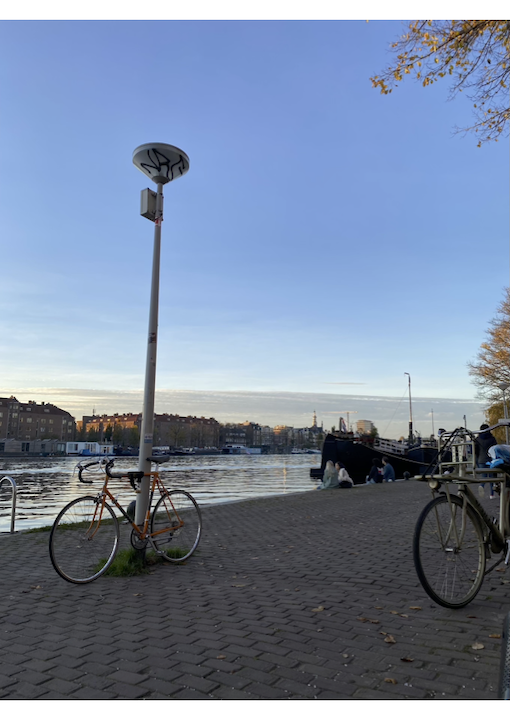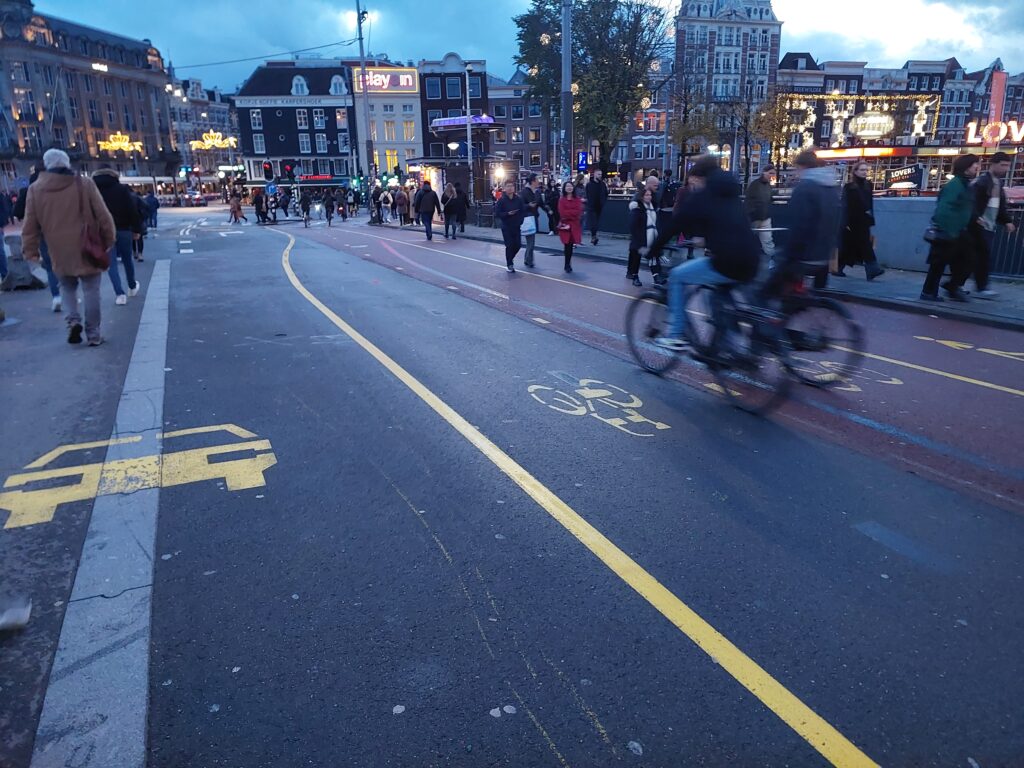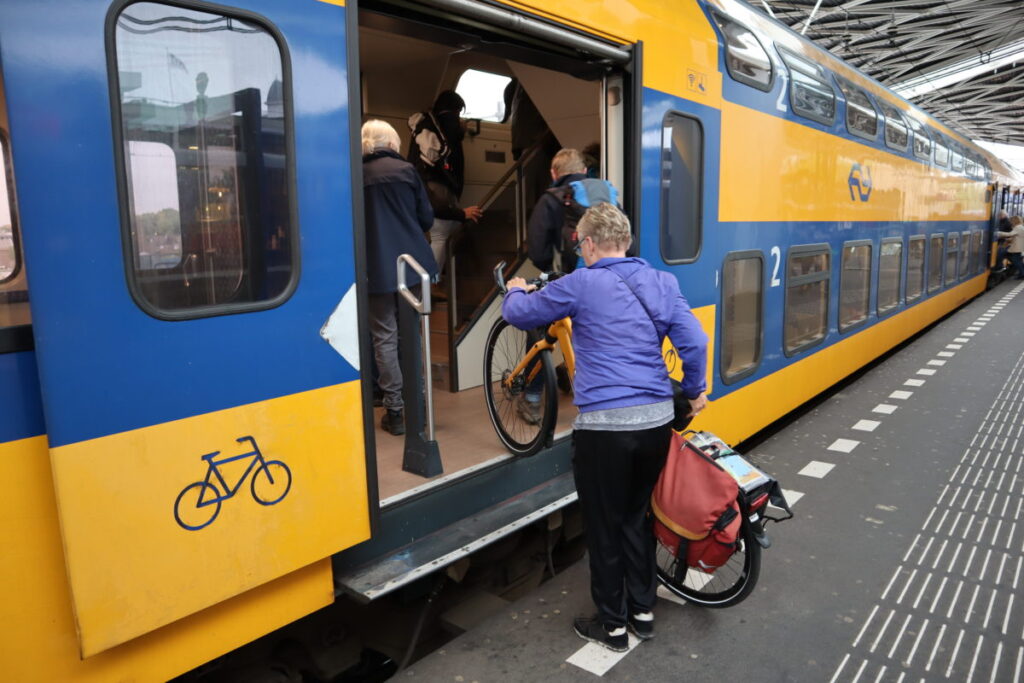Written by Filipa Gomes | LinkedIn
When we think of children going to school, we probably imagine them sitting in a car driven by their parents, on a school bus with other children, depending on the context. Children can also walk or cycle to school, but honestly, that’s not the first thought that comes to my mind. Although I consider myself a physically active person and cycling enthusiast – I cycle to work in Lisbon – it’s still not my reality to see children cycling or walking to school. Nor is it for many other people. There seem to be several barriers that prevent children from going to school by bike.
Road danger
Road danger is an essential factor that affects how we prefer to move in the cities. My country, Portugal, is the country in Western Europe where most pedestrians are killed by car and truck drivers and more than 40% of crashes occur at zebra crossings (1). Physical dangers on roads can deter individuals, particularly children and youth, from engaging in active transportation such as walking or cycling. In addition, feeling danger/unsafe on the streets discourages people from walking or cycling.
Proximity
The proximity of recreational areas to home is another important factor in using the bicycle (2). Perhaps most importantly, the ability to reach these places by bike or on foot means a greater degree of autonomy for children and young people. Having nearby parks, playgrounds, and other recreational spaces can greatly increase the likelihood that kids will choose cycling as a way to get there. This not only promotes physical activity but also helps them develop independence and self-reliance.
Parent participation
Parents who are more physically active may encourage their children to get around by bike, while others may do the opposite (3). Returning to my example: having my parents riding with me during summer holidays when I was a child and their support in cycling-related content are probably two important reasons why I continue cycling in Lisbon, even though traffic safety is a problem there. Parents who cycle with their children have the chance to teach their children how to gain confidence in their autonomy (3). On the contrary, parents who drive their children by car may see many more disadvantages for their children when cycling and have the idea that something can go wrong (3).
Gender inequality
Gender inequalities can become apparent at an early stage of life. Restricted paternal behaviour may be associated with fewer opportunities for active transport in children of both sexes and in adolescent girls (4). Girls also have more restrictions on participation in outdoor physical activities (4). This is likely to cause higher insecurity in active transport among girls than for boys, and less autonomy. Efforts should be made to involve girls as much as boys and to promote a safe cycling culture for both. Later in life, these gender differences persist as women cycle less than men (5,6). Women perceive and are more exposed to traffic risks (5,6) and have less confidence in their ability to cycle.
Social support
Social support also plays a crucial role in helping individuals overcome the challenges associated with cycling to school. Initiatives such as Bike Buses (7) and Kidical Mass (8) provide an opportunity for children to cycle in the company of adults and reclaim the streets for their own use. These initiatives bring children together to cycle in the company of adults and claim the streets for children. By working together, we can create a culture that values cycling and supports children in making it a regular part of their lives.
If you want to read more about cycling and children, check out our interview about Bike Bus initiatives, where a group of children ride their bikes to school following a route with stops and timetables or an essay about how children’s mobility behaviour influences their perceptions of cities.
References
1. Jornal Expresso [Internet]. [citado 18 de julho de 2023]. Em Portugal, alguém morre atropelado a cada três dias e a probabilidade de isso acontecer numa passadeira é enorme. Disponível em: https://expresso.pt/sociedade/2023-07-14-Em-Portugal-alguem-morre-atropelado-a-cada-tres-dias-e-a-probabilidade-de-isso-acontecer-numa-passadeira-e-enorme-f1382b21
2. Grow HM, Saelens BE, Kerr J, Durant NH, Norman GJ, Sallis JF. Where Are Youth Active? Roles of Proximity, Active Transport, and Built Environment. Med Sci Sports Exerc. dezembro de 2008;40(12):2071–9.
3. Aranda-Balboa MJ, Huertas-Delgado FJ, Herrador-Colmenero M, Cardon G, Chillón P. Parental barriers to active transport to school: a systematic review. Int J Public Health. janeiro de 2020;65(1):87–98.
4. Carver A, Timperio A, Hesketh K, Crawford D. Are children and adolescents less active if parents restrict their physical activity and active transport due to perceived risk? Soc Sci Med. junho de 2010;70(11):1799–805.
5. Heesch KC, Sahlqvist S, Garrard J. Gender differences in recreational and transport cycling: a cross-sectional mixed-methods comparison of cycling patterns, motivators, and constraints. Int J Behav Nutr Phys Act. 8 de setembro de 2012;9(1):106.
6. Swift J. Bicycles, Gender, and Risk: Driver Behaviors When Passing Cyclists [Internet]. Gender Policy Report. 2019 [citado 19 de julho de 2023]. Disponível em: https://genderpolicyreport.umn.edu/bicycles-gender-and-risk/
7. euronews [Internet]. 2022 [citado 20 de julho de 2023]. Spanish school kids are ‘jumping out of bed’ to join this bike bus. Disponível em: https://www.euronews.com/green/2022/11/29/what-are-bike-buses-and-why-are-kids-jumping-out-of-bed-to-join-them
8. Kidical Mass – Kids on bike [Internet]. [citado 20 de julho de 2023]. Kidical Mass – Kids on Bike. Disponível em: https://kidsonbike.org/
Read more
From intensive car-parenting to enabling childhood velonomy?



